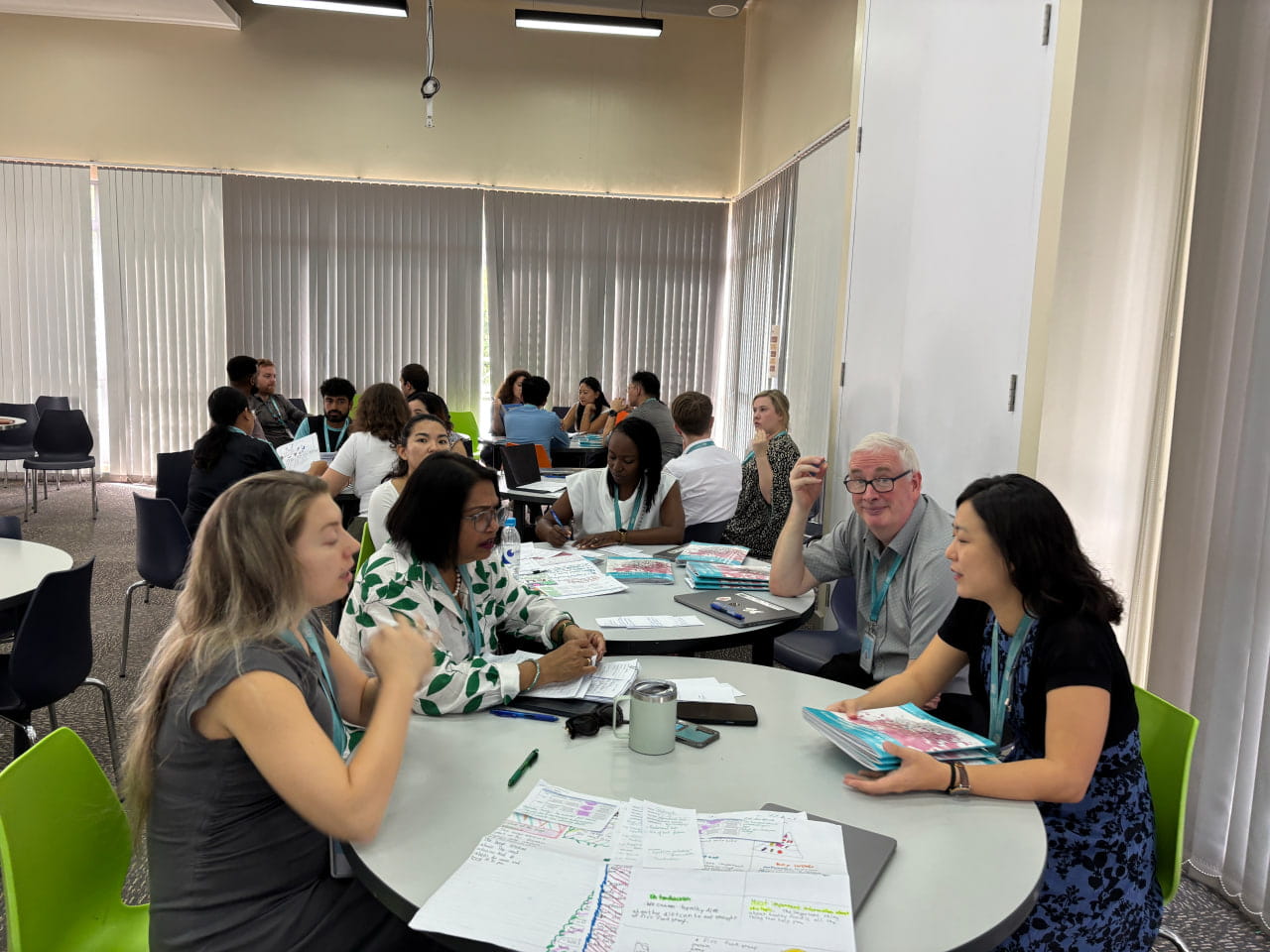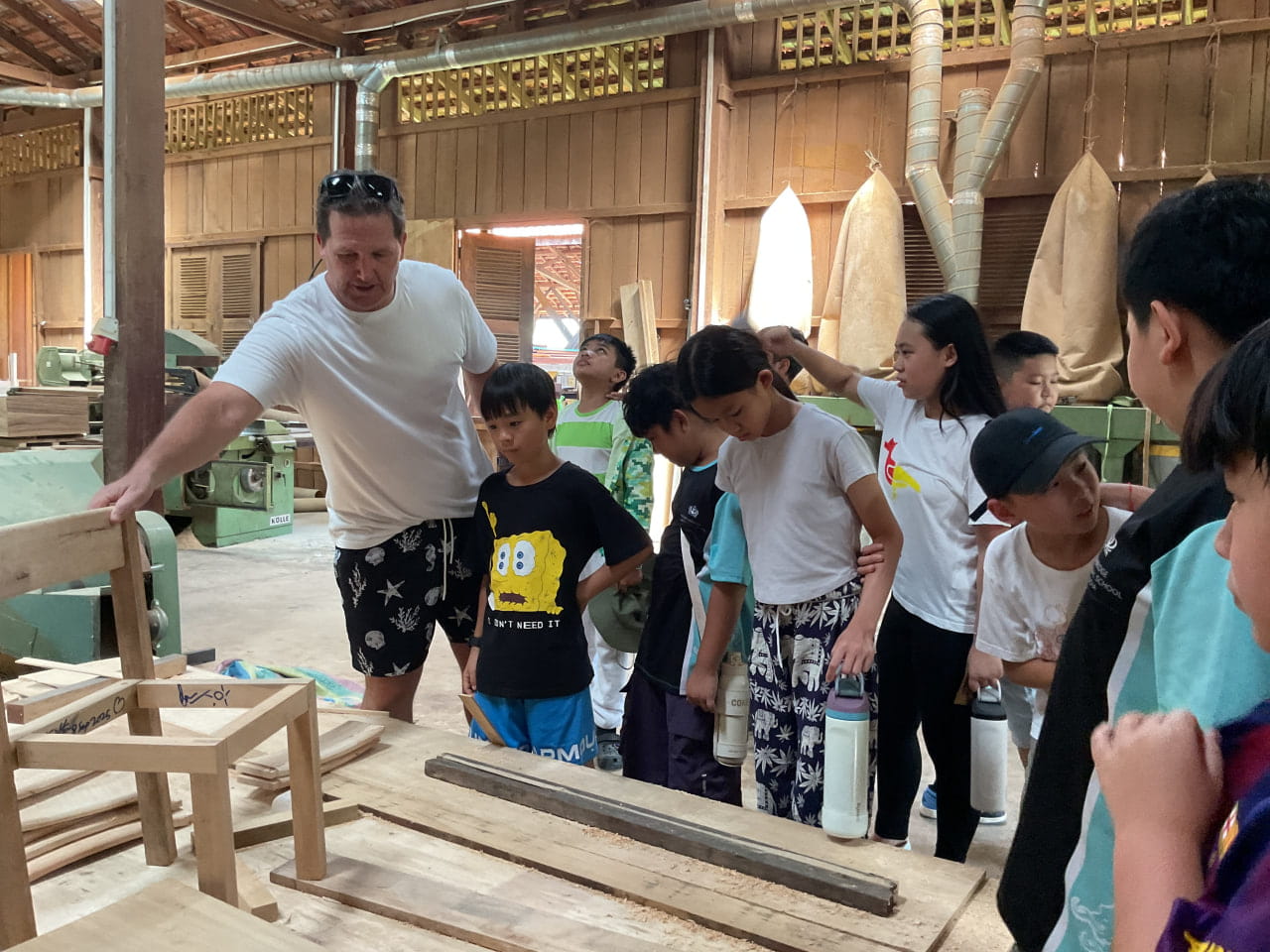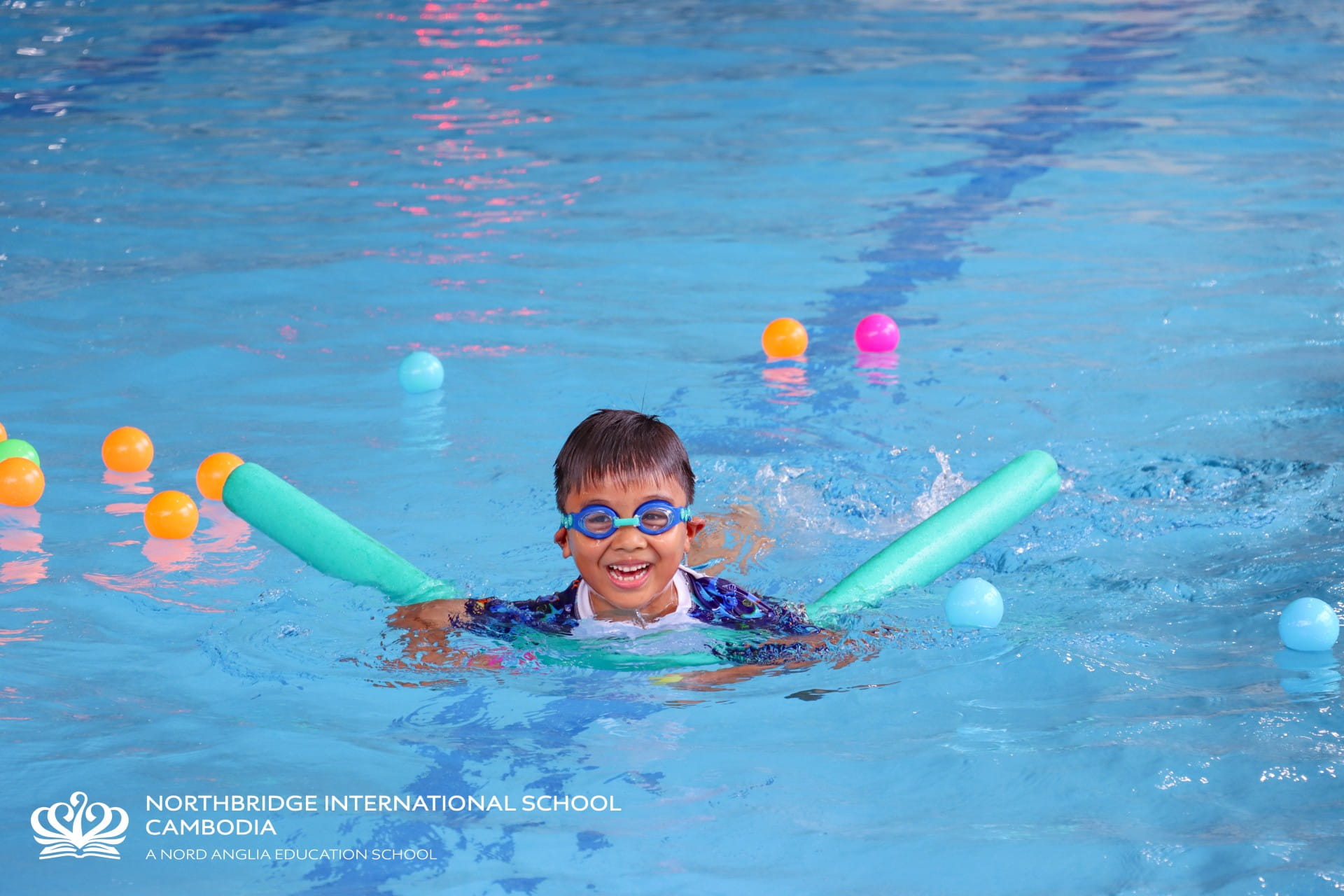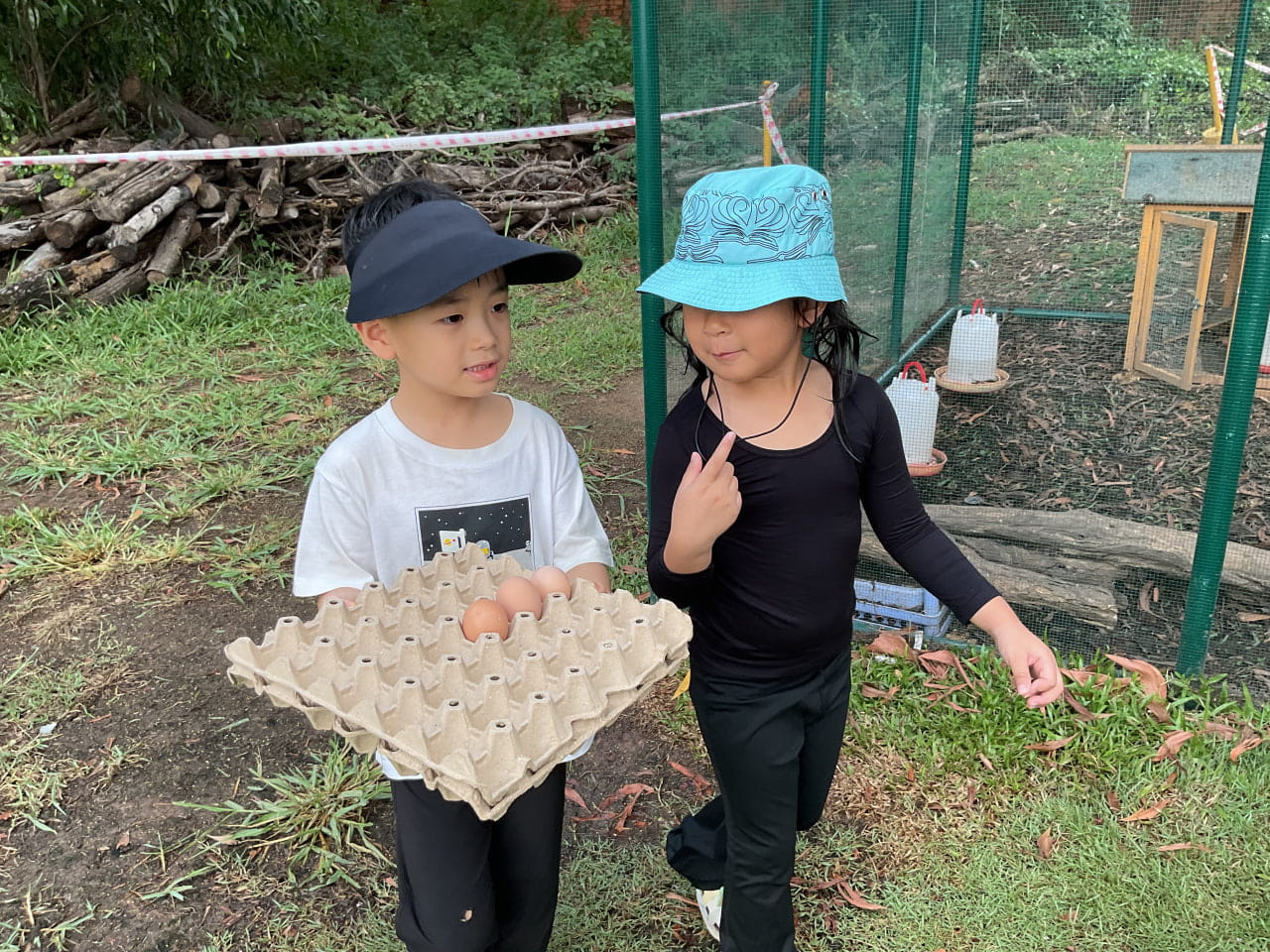Building positive and happy relationships within our Northbridge community Healthy relationships are built on trust and respect. It is important that all children feel happy, safe and comfortable, which is why we have introduced the notion of consent into classrooms at Northbridge International School Cambodia.
Healthy relationships are built on trust and respect. It is important that all children feel happy, safe and comfortable, which is why we have introduced the notion of consent into classrooms at Northbridge International School Cambodia.
During a recent Primary Assembly, consent was discussed with students. Below is some of the information that was shared with our students and we would encourage all parents to review this with their children so that our students understand that they are valuable and have the right to speak up when they feel uncomfortable.
What is consent?
Consent is permission to touch someone else. It could be a tap on the arm, a stroke of their hair or a hug - any time someone touches someone else then they need to gain consent.
Consent is also understanding that different people have different likes and dislikes. Some people might not like their hair to be played with, but others might!
Children who practice getting consent are also more confident about expressing their own likes and dislikes.
Why do we need it?
Everyone needs to get consent before touching someone because it shows respect for their body. We taught the children that this is called ‘bodily autonomy’. Some people don’t like to be touched by other people, so it is very important that we gain consent.
As well as gaining consent from others, it is important for our children to understand that others must always get consent before touching them. At different stages of development, this can mean very different things. It could involve playing tag, it could involve having a hug from a friend or holding hands or different forms of physical contact.
How do we get consent?
Ask. Be specific about what you would like to do. For example, ‘can I hold your hand’ is good.
Wait to hear ‘yes’. Consent means clearly hearing the word ‘yes’; a nod of a head or an ‘OK’ is not given consent.
Be respectful. If someone says ‘stop’ then we must stop straight away. We must be gentle when we touch someone else.
What should we do if someone doesn’t get consent from us?
It is important for all of our children to understand that they have bodily autonomy.
We have taught the children that if someone is doing something we don’t like we must:
Say ‘stop, I don’t like it’.
Shout ‘stop, I don’t like it’.
Tell someone.
How can you talk to your child about consent?
Consent and respect go hand in hand - ensure you are modeling respectful behaviour.
Introduce these steps for getting consent - you could even use these steps at home. It is also very important for you to speak to your child about what to do if someone doesn’t get consent before touching them. We all want our children to grow up healthy, happy, and most of all, safe.







